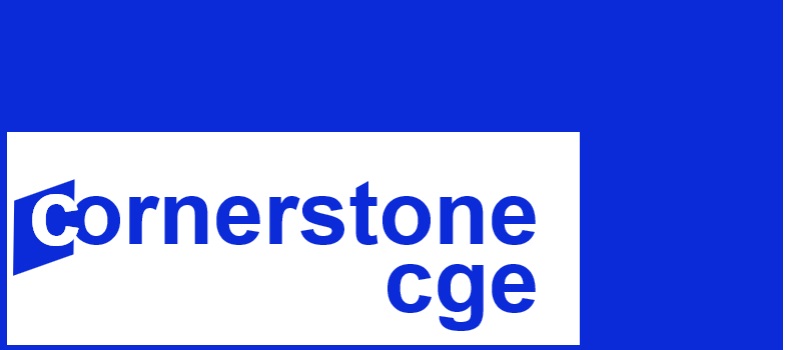Orientation (8 minute read)

Welcome to this course on computable general equilibrium (CGE) models and their use in applied economic policy analysis.
Course Organization
The course is organized into 5 learning modules. The modules introduce you to the main components of the CGE model: databases, demand, supply, trade, and macro and general equilibrium relationships. A 6th module contains the UNI-CGE model and hands-on guides to running the CGE model and carrying out experiments. Core Concept lessons are distributed throughout the modules. They address topics such as price linkages and model calibration.
Course Materials
Each module in the course includes all of the material that you will need to complete it: readings, powerpoints, videos, any necessary data files, and activities to help you check your understanding. The materials are free, open educational resources (OERs). The CGE model (UNI-CGE), the modeling software (GAMS demo), and model databases (drawn from GTAP global database archives) are available to you at no cost.
Assessments and Badges
Assessments include embedded questions, flashcards, and "check your knowledge" exercises. All are ungraded, allowing you to use these tools to identify areas of strength and weakness in your understanding of the material. At the end of the course, you may take the final exam. After completing all modules and passing the exam with a grade of 70% or more, you will receive a badge of completion from the Open University. If you pass the exam with a grade of 80% or higher you will receive a certificate from Cornerstone CGE.
CGE Model
This course uses the UNI-CGE model, written in the GAMS modeling software. The UNI-CGE model “stands on the shoulders of giants.” It draws from the single-country CGE model of the International Food Policy Institute (IFPRI) and incorporates elements from the Global Trade Analysis Project (GTAP) global CGE model. While its presentation is streamlined to enhance learners’ understanding of its core elements, the model’s capabilities are on par with those of standard CGE models used by professionals.
Software requirements
GAMS (licensed or in free demo version) is required. Microsoft Excel is helpful.
Moodle
This course is presented in the Moodle learning management system. If you are not familiar with Moodle, refer to Moodle's "Quick Guide." Other resources on how to use Moodle can be found with an internet search.
Hands-On Modeling Exercises
Hands-on modeling exercises provide step-by-step guidance in running the UNI-CGE model, carrying out experiments, and examining and interpreting results. “Getting Ready” and “How To” exercises introduce you to the model and data, and help you build technical skills. Experiment exercises describe real-world problems, guide you in defining scenarios that represent those problems, and help you develop skills in identifying relevant results and interpreting them from a general equilibrium perspective.
Recommended Syllabi
The course is designed to fit into a one-week, 6-week or semester-long time frame. Independent learners can self-pace. These are recommended syllabi for courses of alternative lengths:
| Module | Model exercise | 1-weeks | 6-weeks | Semester |
|---|---|---|---|---|
| Introduction | 1. Exercise overview 2. Download GAMS and model 3. Structure of model |
1/2 day | 1 day | 1 week |
| Database | 1. How to run model 2. How to change elasticities 3. How to change closure 4. How to read results |
1/2 day | 4 days | 1 week |
| Demand | 1. How to define, run and verify an experiment 2. Exercise - Pandemic Spending |
1 day | 1 week | 1 week |
| Supply | Exercise: Solow and TFP Growth | 1/2 day | 2 1/2 days | 1 week |
| Trade | Exercise: Immigration and Trade | 1/2 day | 2 1/2 days | 1 week |
| Macro/GE | Exercise: How Should Gov't Spend Your Taxes? | 1/2 day | 1 day | 1 week |
| Independent Research | Student selects exercise and extends it | 1 1/2 days | 4 days | 4 weeks |
Copyright: Cornerstone CGE CC 4.0 BY-NC-SA
